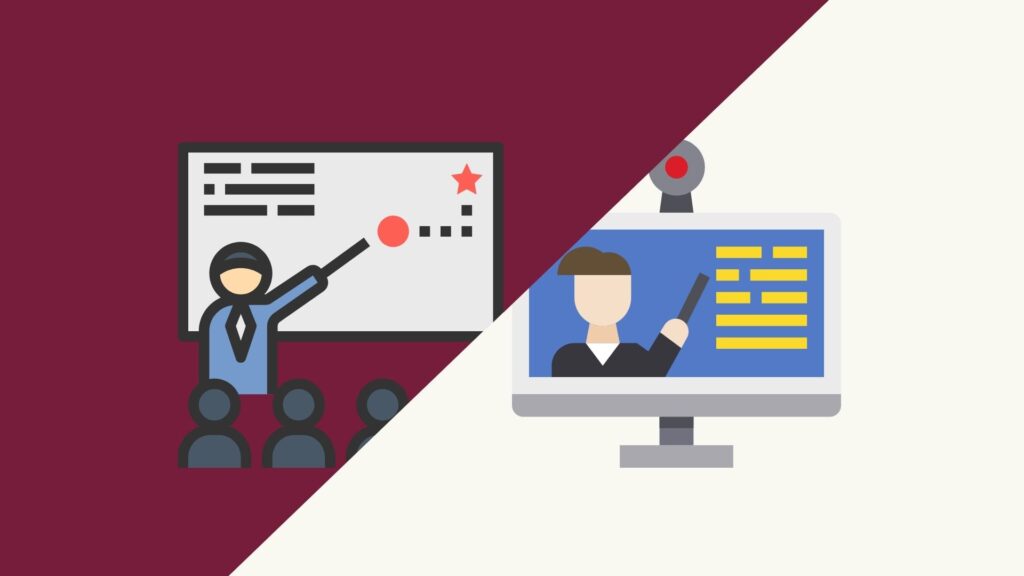Blog Post #5 – Diversity in Learning
Face-to-Face Learning
Face-to-face learning is a traditional learning method where a group of learners gather at a specified location, at a particular point in time, and learn course material through in-person activities, in-class tests, and take-home assignments. This method allows learners to connect with their classmates and teacher in a school environment, and makes communication more direct, since the other learners/educators are in the same room (Top Hat, n.d.). The downside to face-to-face learning is that it focuses more on the educator than the learners by giving the educator most of the power and responsibility for the learning process.
Online Learning
Online learning courses, on the other hand, provide more leniency to learners. Some online courses are asynchronous and distributed (i.e. classes are held via Zoom), while other courses are fully online (such as EDCI 339). In the case of fully online courses, the material and pacing can be more learner-centered, giving learners more control and responsibility over their own learning. Assignments and tests can be more individualised to accommodate students with different learning preferences and abilities.
Overall, face-to-face and online learning are both viable methods for their respective learning groups.

For more information on, check out this video here.
References
Face-to-Face Learning. (n.d.) Top Hat: Glossary. https://tophat.com/glossary/f/face-to-face-learning/
Restoule J-Paul. (n.d.). Indeginizing Online Course Design. https://drive.google.com/file/d/1gb_IjgCnq1PoxpU0ffGLRde3hNB7Vr_-/view